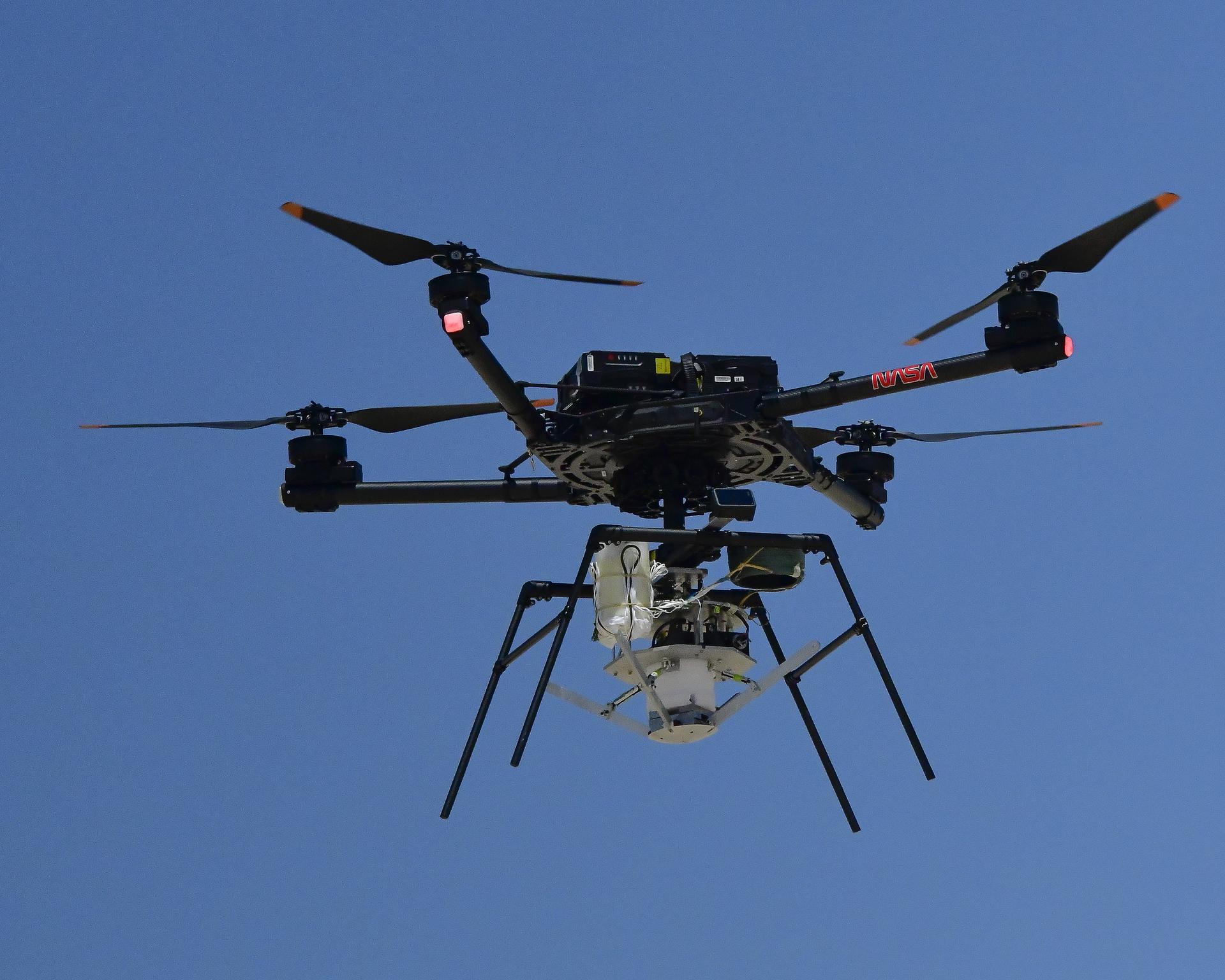PROTECT YOUR DNA WITH QUANTUM TECHNOLOGY
Orgo-Life the new way to the future Advertising by Adpathway Temporal sequence of tremor activity compared to the onset of slow slip from Global Navigation Satellite System (GNSS) timeseries with tremor distribution and candidate fault projected GNSS displacement data in map inset. Credit: Itoh et al. [2025], Figures 1d and 2b (modified)
Temporal sequence of tremor activity compared to the onset of slow slip from Global Navigation Satellite System (GNSS) timeseries with tremor distribution and candidate fault projected GNSS displacement data in map inset. Credit: Itoh et al. [2025], Figures 1d and 2b (modified)
Editors’ Highlights are summaries of recent papers by AGU’s journal editors.
Source: AGU Advances
Many plate boundaries and some landslides show a range of fault chatter which can include non-volcanic tremor rumblings and slow slip in subduction zones, such as in Cascadia. These aseismic events happen at depths close to where large, ground shaking earthquakes can occur and talk to each other through fluid transport and/or brittle-ductile interactions along the megathrust. Figuring out such connections promises a better understanding of how seismic events start and how they depend on the frictional interface state. Itoh et al. [2025] provide an important clue for the temporal sequences involved in such interactions.
Connected occurrences of tremor and slow slip have been discussed extensively before, but by forgoing spatial resolution for slow slip patches, this new analysis of surface deformation achieves an improved temporal solution. Results indicate that tremor activity increases about a day before slow slip really gets going. Any such aggregate analysis of geodetic signals is subjected to trade-offs, but a range of tests conducted imply what appears to be a robust sequence of events. The brittle patches associated with tremor snap first before larger-scale slow slip commences and then feeds back into the brittle domain. If seen elsewhere and substantiated, such temporal connections could be integrated with a more general mechanical model of slow and fast earthquake nucleation and the dynamics of fault state evolution during the seismic cycle.
Citation: Itoh, Y., Socquet, A., & Radiguet, M. (2025). Slip-tremor interaction at the very beginning of Episodic Tremor and Slip in Cascadia. AGU Advances, 6, e2024AV001425. https://doi.org/10.1029/2024AV001425
—Thorsten Becker, Editor, AGU Advances























 English (US) ·
English (US) ·  French (CA) ·
French (CA) ·